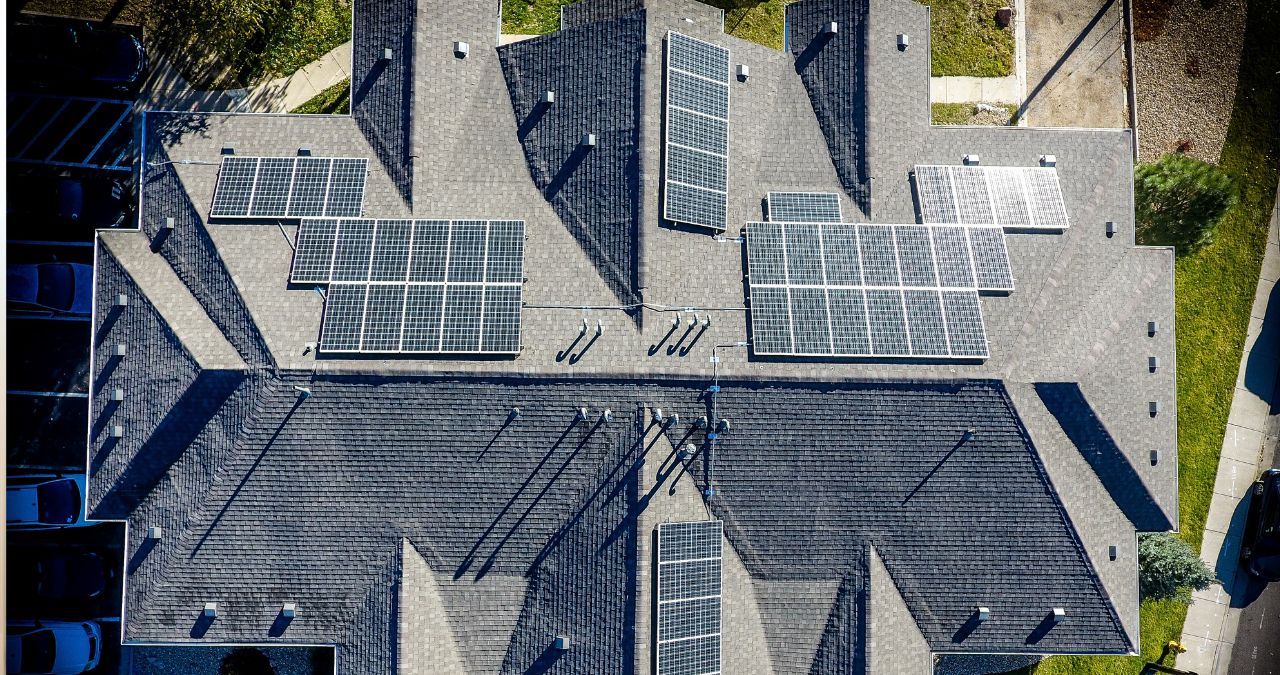The demand for sustainable living solutions has grown significantly in recent years, and gated communities have emerged as key players in meeting this demand. Eco-friendly estates are designed to minimise environmental impact while offering a modern, comfortable lifestyle. This article explores the features, benefits, and challenges of eco-friendly gated communities, highlighting why they are gaining popularity in the property market.
Features of Eco-Friendly Estates
- Renewable Energy Systems
- Many eco-friendly estates utilise solar panels, wind turbines, or other renewable energy sources to reduce reliance on fossil fuels and lower electricity costs.
- Water Conservation Initiatives
- Features like rainwater harvesting systems, greywater recycling, and drought-resistant landscaping are integrated to promote sustainable water use.
- Energy-Efficient Design
- Buildings in eco-friendly estates are often designed with energy efficiency in mind, including proper insulation, LED lighting, and energy-efficient appliances.
- Green Spaces and Biodiversity
- Lush landscaping, community gardens, and preserved natural habitats create a balance between development and the environment.
- Waste Management Systems
- Eco-estates encourage recycling, composting, and proper waste segregation to reduce landfill contributions.
- Sustainable Transportation Options
- Many eco-friendly communities provide cycling paths, walking trails, and electric vehicle charging stations to support green transportation.
Benefits of Eco-Friendly Estates
- Reduced Environmental Impact
- These communities significantly cut carbon emissions, energy consumption, and water waste, aligning with global sustainability goals.
- Lower Living Costs
- Renewable energy and water-saving measures can reduce utility bills over time, making eco-friendly living financially appealing.
- Healthier Lifestyle
- Access to green spaces, cleaner air, and reduced exposure to pollutants promotes physical and mental well-being.
- Enhanced Property Value
- Properties in eco-friendly estates often have higher resale value due to growing consumer preference for sustainable living.
- Strong Community Connection
- Shared gardens, communal spaces, and eco-initiatives foster a sense of community and shared purpose among residents.
- Future-Proof Living
- Sustainable estates are designed with long-term environmental resilience in mind, making them less vulnerable to climate-related disruptions.
Challenges of Eco-Friendly Estates
- Higher Initial Costs
- Developing eco-friendly estates often involves higher upfront costs due to sustainable building materials and advanced technology installations. These costs may reflect in property prices.
- Maintenance of Eco-Systems
- Maintaining renewable energy systems, green spaces, and waste management infrastructure requires ongoing expertise and funding.
- Accessibility and Location
- Many eco-friendly estates are located on the outskirts of cities, which may limit access to urban amenities and increase commuting distances.
- Limited Awareness and Adoption
- Despite growing interest, not all buyers understand the long-term benefits of eco-estates, making it challenging to attract a broad market.
- Regulatory Hurdles
- Obtaining permits and ensuring compliance with environmental regulations can delay development and add complexity to projects.
Why Gated Communities Are Leading the Way in Sustainable Living
Gated communities are uniquely positioned to adopt eco-friendly practices due to their controlled environments and shared infrastructure. Developers can implement large-scale sustainable systems, such as community solar farms or centralised water recycling, that are more cost-effective and efficient than individual installations. Additionally, residents in these communities often share a commitment to eco-conscious living, further driving demand and adoption.
Examples of Eco-Friendly Estates in South Africa
Steyn City – Johannesburg
Situated in Johannesburg’s rapidly growing northern corridor, Steyn City offers a balanced lifestyle of luxury, convenience, and environmental sustainability. Spread across 2,000 acres of parkland, the estate prioritises green spaces, with its extensive gardens, walkways, and biking trails providing a natural oasis. This people-centric estate champions eco-conscious urban design while maintaining exceptional facilities and security.
Zimbali Coastal Resort and Estate – Ballito, KwaZulu-Natal
Zimbali is a pioneer in sustainable luxury living. This coastal estate integrates natural conservation into its design, preserving the habitat of species such as the Crowned Eagle, which has thrived under its protection for over 20 years. The estate promotes a harmonious coexistence with nature through indigenous landscaping, eco-sensitive building practices, and a focus on outdoor recreation and conservation.
Highland Gate Golf and Trout Estate – Dullstroom, Mpumalanga
Highland Gate epitomises eco-conscious living with its commitment to preserving 70% of its 700-hectare property in its natural state. Nestled in the scenic Steenkampsberg mountain range, the estate offers residents proximity to pristine nature while incorporating sustainable design in its residential development. Its Ernie Els-designed golf course also aligns with environmental best practices, blending seamlessly into the natural landscape.
Fancourt Golf Estate – George, Western Cape
Located along South Africa’s picturesque Garden Route, Fancourt Golf Estate embraces the “slow living” philosophy. This 613-hectare estate encourages sustainable lifestyles through its focus on local sourcing, preservation of green spaces, and a seamless integration with the surrounding Outeniqua Mountains. Its six distinctive residential areas are designed to minimise environmental impact while offering spectacular views and luxury living.
Val de Vie Estate – Paarl, Western Cape
A leader in wellness and eco-friendly living, Val de Vie Estate revitalised its historic grounds to create a sustainable community. This sprawling estate features eco-sensitive irrigation from natural water sources, promotes biodiversity with indigenous vegetation, and offers a farm-to-table ethos through its gardens and vineyards. Its diverse offerings, from polo fields to cycling trails, align with its commitment to a sustainable and health-conscious lifestyle.
These estates exemplify the growing trend of eco-friendly living in South Africa, blending modern amenities with environmental stewardship. Their designs ensure that residents enjoy sustainable, luxurious lifestyles while preserving natural resources and biodiversity for future generations.
Conclusion
The rise of eco-friendly estates reflects a growing global commitment to sustainable living. By combining innovative design with environmental stewardship, these gated communities offer residents a chance to live in harmony with nature without compromising modern comforts. While challenges such as higher costs and maintenance exist, the long-term benefits for individuals, communities, and the planet make eco-friendly estates a worthwhile investment.
As sustainability continues to shape the future of real estate, eco-friendly estates stand out as models of responsible living, paving the way for a greener tomorrow.
Related Articles:
No related articles.





